The humble, everyday forms of a jug and mug: beautiful in their simplicity, functional in their elegance. They sit comfortably in the mind – assured household objects, eliciting nostalgia for forgotten childhood kitchens. The voluptuous curves, fluted neck, and the open lip of the jug – reminiscent of any number of prehistoric fertility icons – and the modest, adroit form of the cup, both entwined in bold cobalt blue chrysanthemum. These handmade objects tell a story of essential locality and global influence – a story spanning years, continents, and cultures. A story of the dissemination, adoption, and development of aesthetic taste, through time and space, hand to hand between peoples and cultures.
The Talavera pottery of Puebla, today produced by less than a dozen workshops, traces its lineage via the Classical Castile of Cervantes and Rodriguez. Within these simple, functional handmade objects can be seen influences from pre-Renaissance Italian art, Islamic tiling from Moorish Spain and Ming Dynasty vases, nestled alongside valuable spices in the holds of pioneering European galleons. Perfected in the New World, this art was first practiced in the Cradle of Civilization: Baghdad, capital of ancient Babylon on the banks of the Euphrates. Every influence leaves a mark, altering future trajectories. And yet, despite their distinguished heritage, these are contemporary items produced in the present.
Puebla lies in the central highlands of Mexico; surrounded on four sides by slumbering, snowcapped volcanoes under an azure mountain sky. Bearing the moniker ’The City of Angels’, its streets are crowded with churches dating back to the first days of settlement, jostling for space with finely wrought colonial palaces and modern structures of gleaming glass and concrete. Fluted spires and brutalist blocks border the avenues, gridlocked cars purring where horses once clopped. Exhaust fumes rise through the verdant canopies of ancient trees, mingling with the zesty scents of local cuisine amongst gnarled boughs. Screeching horns vie with the cries of street peddlers and tinny mariachi music pumping out of restaurant sound systems; a cacophony reverberating off the stone balustrades of colonial balconies. Under the vaulted arches of ancient arcades comes the clatter of cups and murmur of conversation from busy cafe tables, nestled away from the beating sun.
In this palimpsest city the past exists, inextricably interwoven and intermeshed, with the present: the colorful history of the town; the country; the continent; ingrained in the mortar, informing the now. Epitomizing this interaction of past and present is Talavera De la Reyna: a modern workshop practicing the honed skills of old; a microcosm of this convoluted place, embodying the continuance of history.
Deft flicks from a mud-slicked, grey hand raise the generous curves of a jug from a spinning potter’s wheel. Fingers pushing and pulling, skillfully guiding organic matter into a form refined through centuries of human craft: the smooth movements of the artist speak of passion and experience. In this studio, filled with the gentle hum of the wheel, technological innovations which have shaken the very fabric of the world are checked at the door: this is a place where handiwork is paramount.
The glistening, opaque material being caressed into shape has been through a lengthy and time-honored process of refinement. Beginning as white and black sand collected from specific locations near Puebla and sifted for purity; the resulting fine grain is then mixed with water, stirred, and worked from liquid to a viscous paste. The well-practiced, bare feet of artisans carefully mince out air bubbles: ensuring the structural integrity of the material. Traditional knowledge and techniques of the body are crucial in this alteration of organic matter.
Beyond the shaping of the jug, the process continues. A drying period of two weeks, where grain settles and water slowly seeps out, is followed by a first firing. Explosive heat drives out all remaining moisture, hardening the piece and transforming the material.
Here it is not uncommon for a rupture to explode the jug: the smallest impurity leads to a crack. In centuries past, potters would recite special prayers in the hope that the fires would not claim their work. Those pieces that passed the test rose, like the proverbial phoenix, from the ashes. Layers of glaze are brushed on, details wrought in vibrant pigments, before a final firing – sealing the work for posterity and longevity.
A humble mug and a jug – nodes of narrative, vessels of history. Contemporary handmade objects, produced over thousands of years; by thousands of hands, with thousands of minds. They serve an everyday purpose and, in doing so, open a window to the past they embody.
Article 156 of the Industrial Property Law, based on the Lisbon Agreement for the Protection of Appellations of Origin and their International Registration, establishes the definition of the appellation of origin: “Appellation of origin means the name of a geographical region of the country which serves to designate a product originating therein, the quality and characteristics of which are due exclusively to the geographical environment, including natural and human factors.”



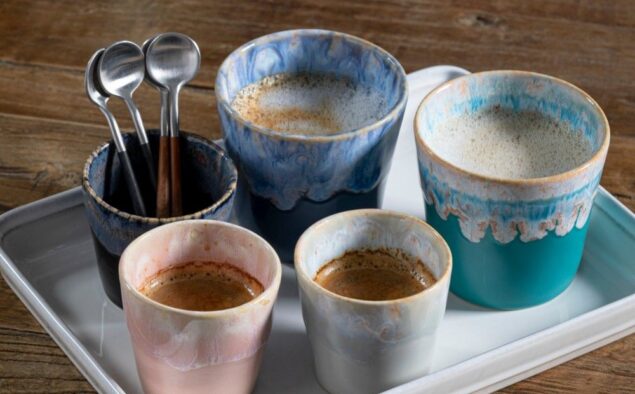
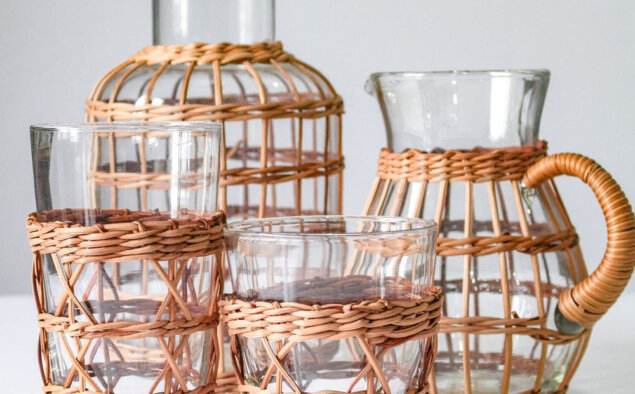
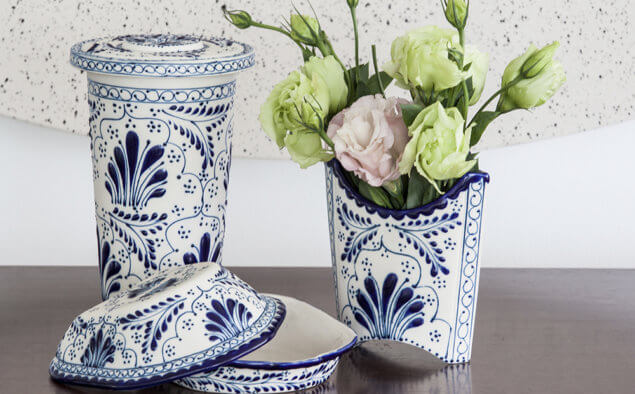

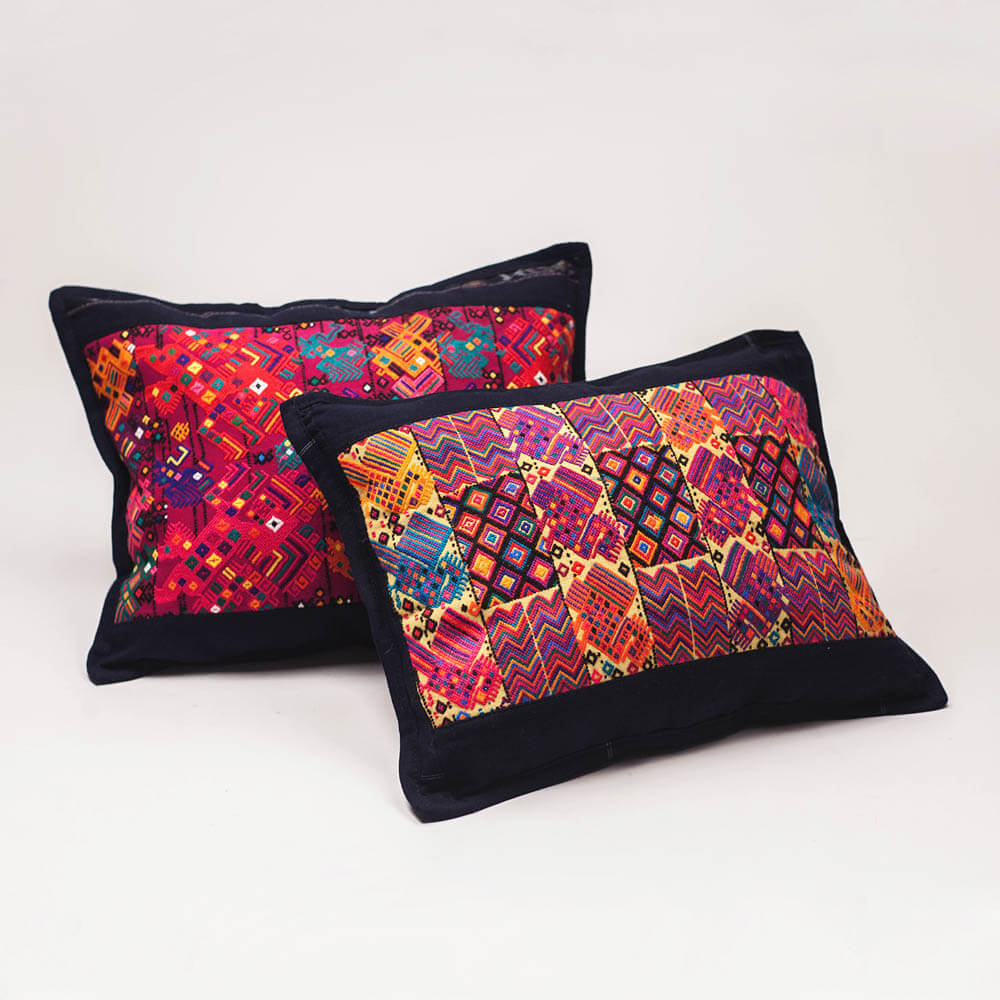
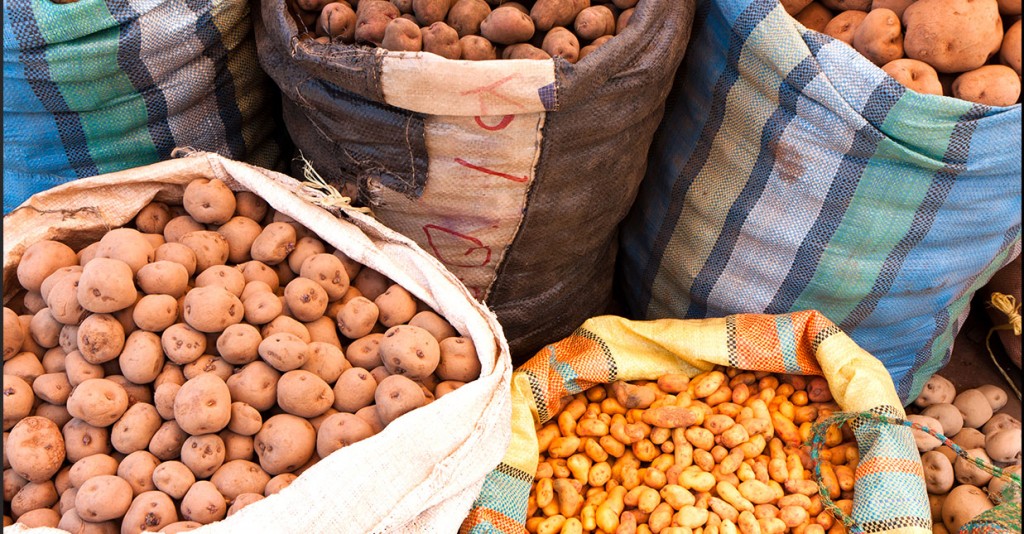
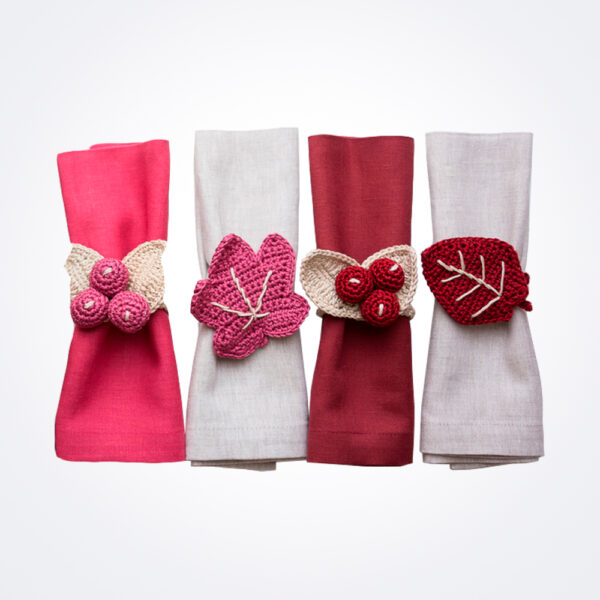
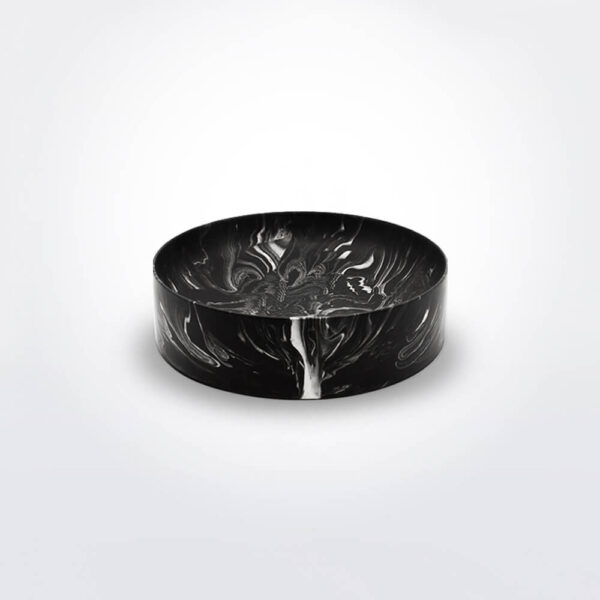
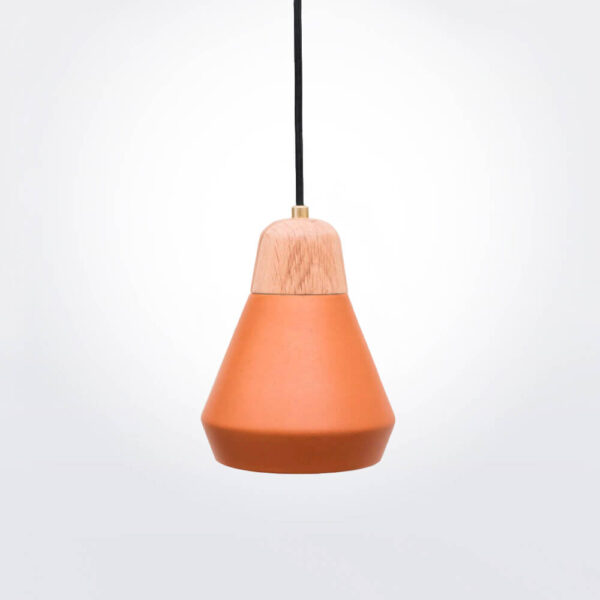

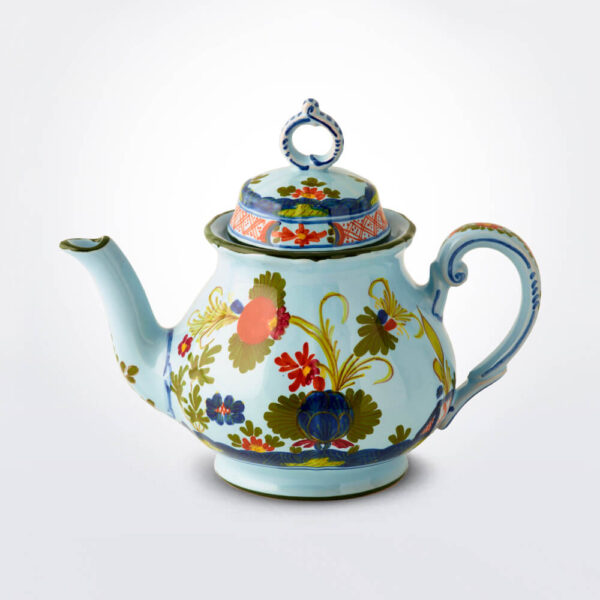
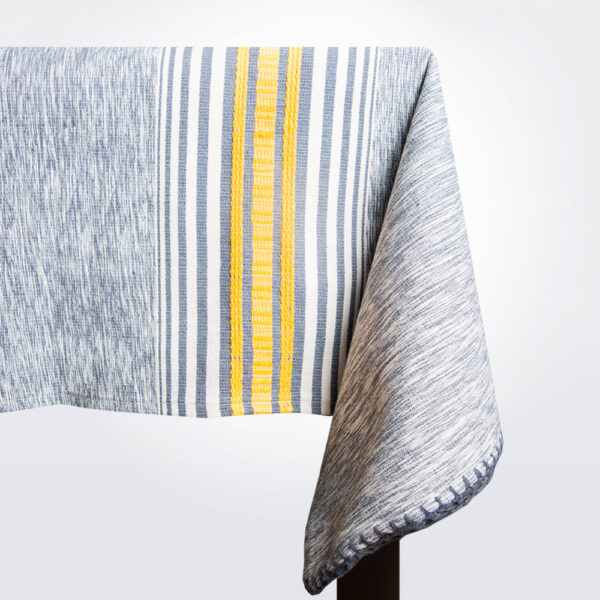
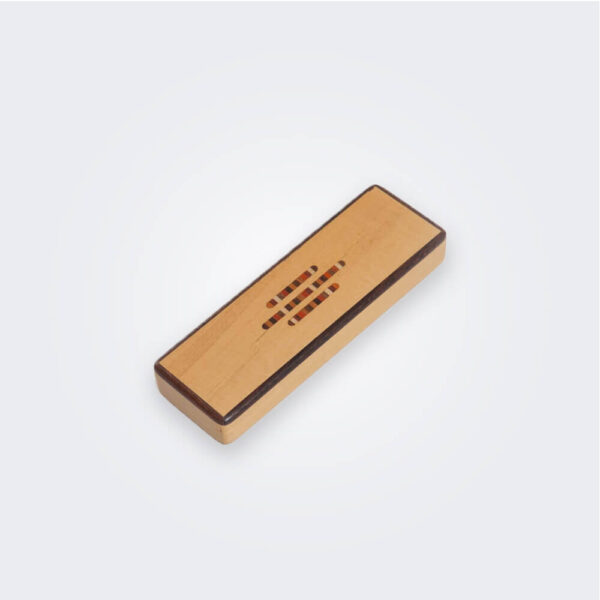
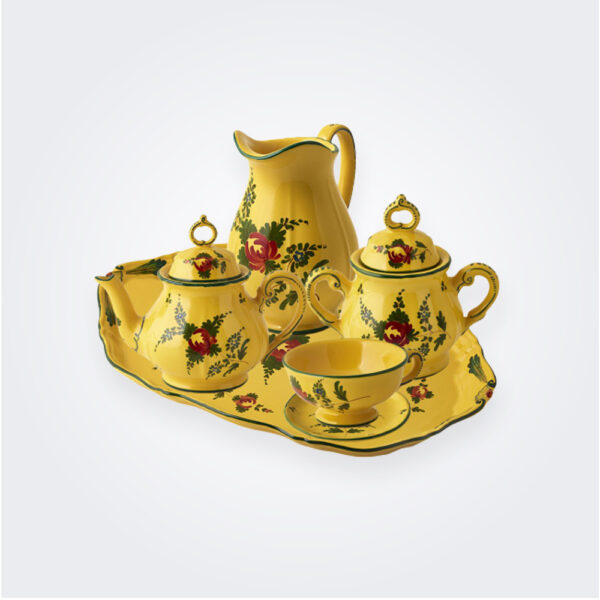
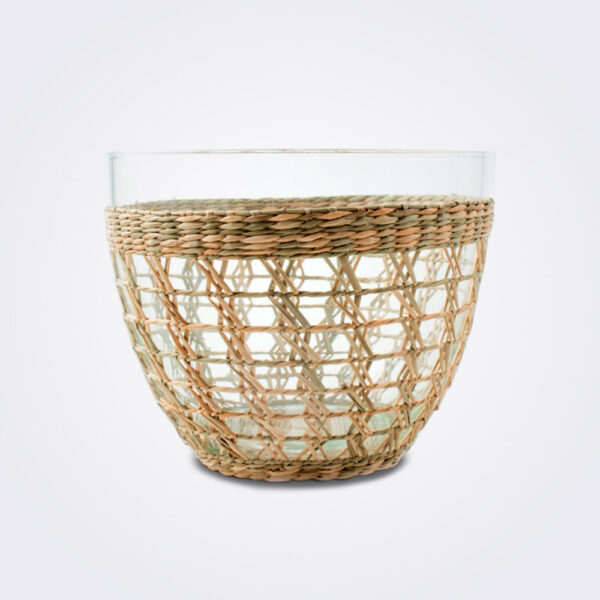
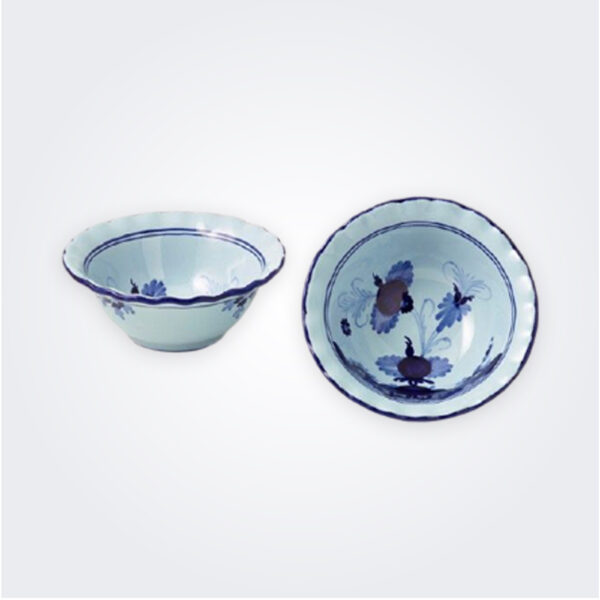
leave a comment